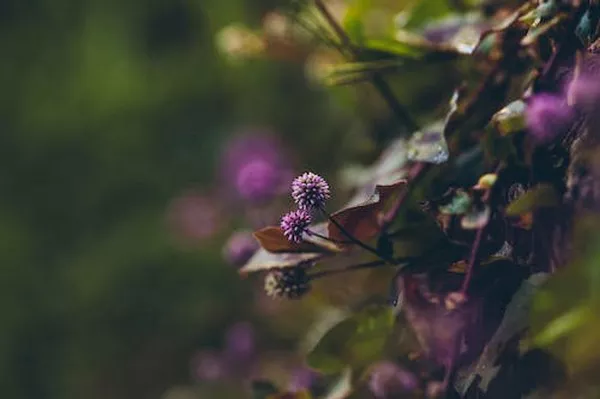Water is an essential resource for all living organisms, and plants are no exception. However, some plants have evolved remarkable adaptations to survive in arid environments with limited water availability. Understanding the duration plants can go without water can provide valuable insights into their resilience and survival strategies. In this article, we explore the fascinating world of plant survival and examine how different plant species cope with extended periods of drought.
Drought Tolerance Mechanisms:
Plants employ various mechanisms to endure prolonged periods without water. One crucial adaptation is the ability to minimize water loss through specialized structures like stomata, which regulate gas exchange and reduce transpiration. Additionally, certain plants have developed extensive root systems that enable them to extract water from deeper soil layers, increasing their chances of survival during water scarcity.
Succulents: Masters of Water Storage:
Succulent plants, such as cacti and agaves, have evolved unique water storage capabilities to thrive in arid environments. These plants store water in specialized tissues, such as fleshy stems or leaves, enabling them to survive extended periods without rainfall. Some succulents can go several months or even years without water, relying on their stored reserves to sustain vital physiological processes.
Adaptations of Desert Plants:
Desert plants have evolved exceptional strategies to conserve water and survive in harsh conditions. Many desert-adapted plants have reduced leaf sizes or modified leaf shapes to minimize water loss through transpiration. Some plants even shed their leaves during dry seasons to conserve moisture and redirect resources towards essential functions. These adaptations allow certain desert plants to endure several months without rainfall.
Xerophytes: Thriving in Dry Environments:
Xerophytes are plants that have adapted to extremely arid habitats, where water availability is scarce. They possess specialized features such as a thick waxy cuticle on their leaves, which reduces water loss through evaporation. Xerophytes also often have deep root systems that can tap into underground water sources, allowing them to survive extended periods without rain.
Resurrection Plants:
Nature’s Marvels: Resurrection plants are a unique group of flora capable of withstanding extreme dehydration. Found in regions with irregular rainfall patterns, these plants can lose up to 95% of their cellular water content and appear dead during drought conditions. However, when exposed to water again, they quickly rehydrate and resume normal metabolic activities within hours or days. Some species of resurrection plants can revive even after years of dormancy, showcasing nature’s remarkable resilience.
Plant Responses to Water Stress:
When subjected to water scarcity, plants exhibit various physiological and biochemical responses to enhance their chances of survival. These responses include closing stomata, reducing leaf surface area, and synthesizing stress-related proteins and compounds. By adjusting their metabolism and growth patterns, plants can conserve energy and allocate resources wisely until favorable conditions return.
Limits to Survival:
While plants possess remarkable adaptations for enduring water scarcity, every species has its limits. The duration a plant can survive without water depends on factors such as its inherent drought tolerance, environmental conditions, and health status. In general, most plants cannot survive more than a few weeks without water. However, certain species with exceptional adaptations can persist for several months or even years under extreme drought conditions.
Conclusion:
Plants have evolved an array of strategies to cope with limited water availability and prolonged droughts. From succulents’ efficient water storage to xerophytes’ specialized features and resurrection plants’ ability to resurrect from near-death, the plant kingdom showcases extraordinary resilience. Understanding how different plant species adapt and survive without water provides crucial insights for sustainable agriculture, conservation efforts, and the development of drought-tolerant crops. As we continue to face increasing water scarcity due to climate change and other factors, appreciating the wonders of plant survival can guide our efforts in protecting and preserving these vital organisms.


